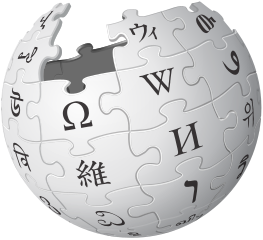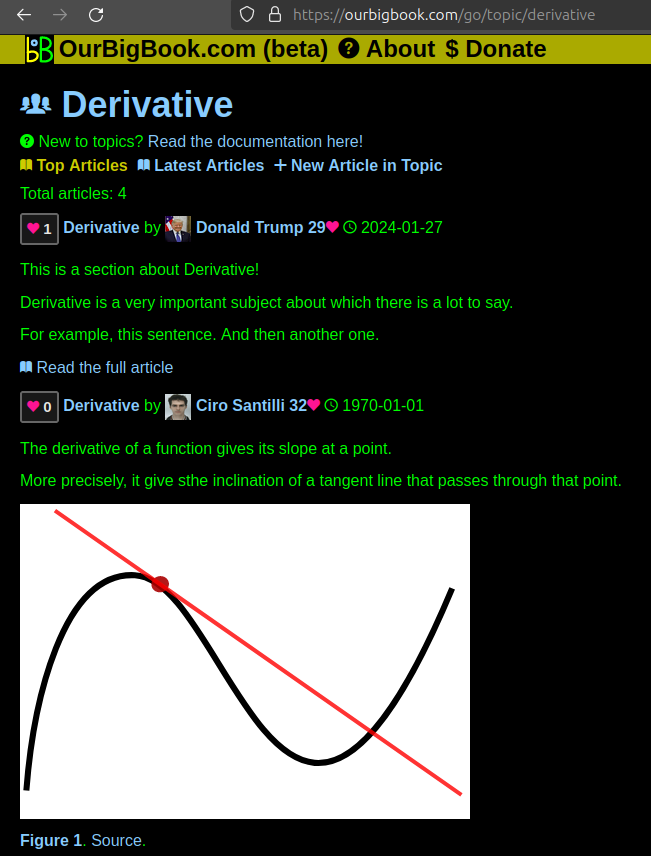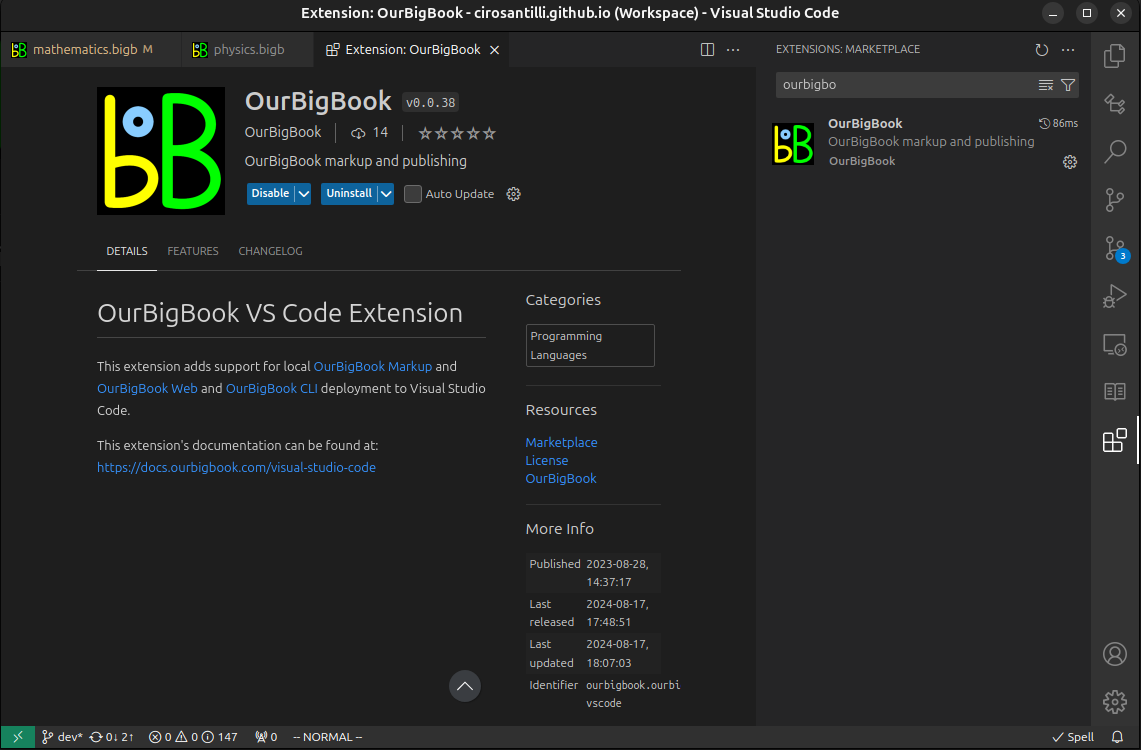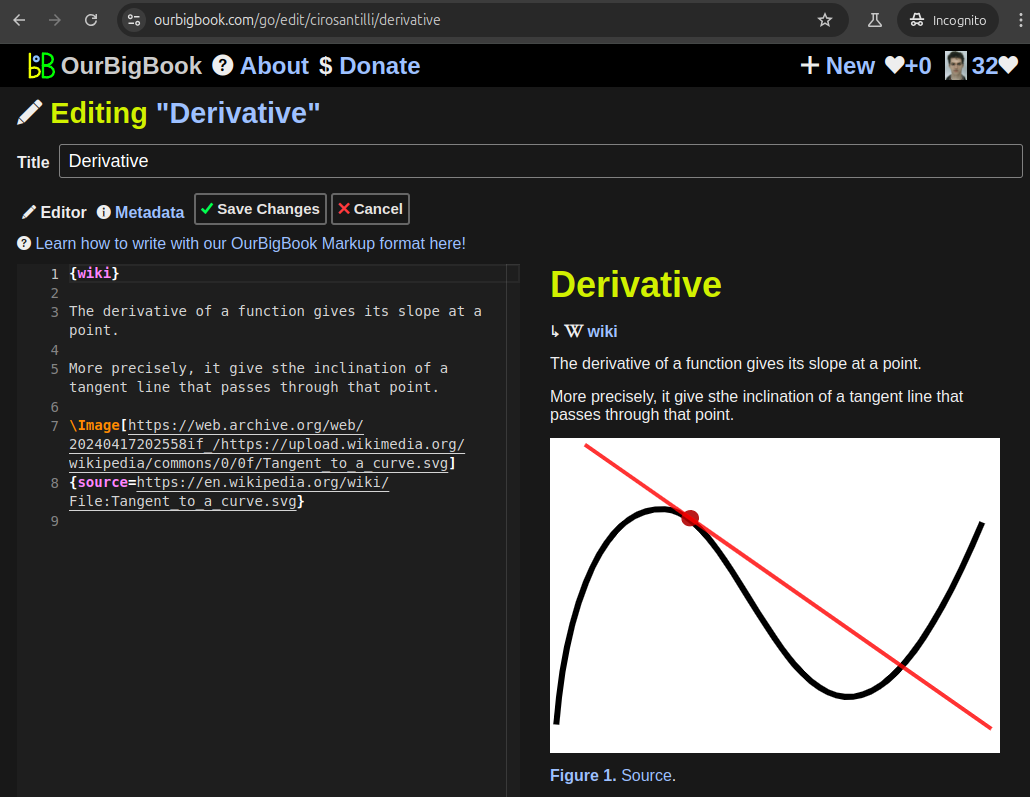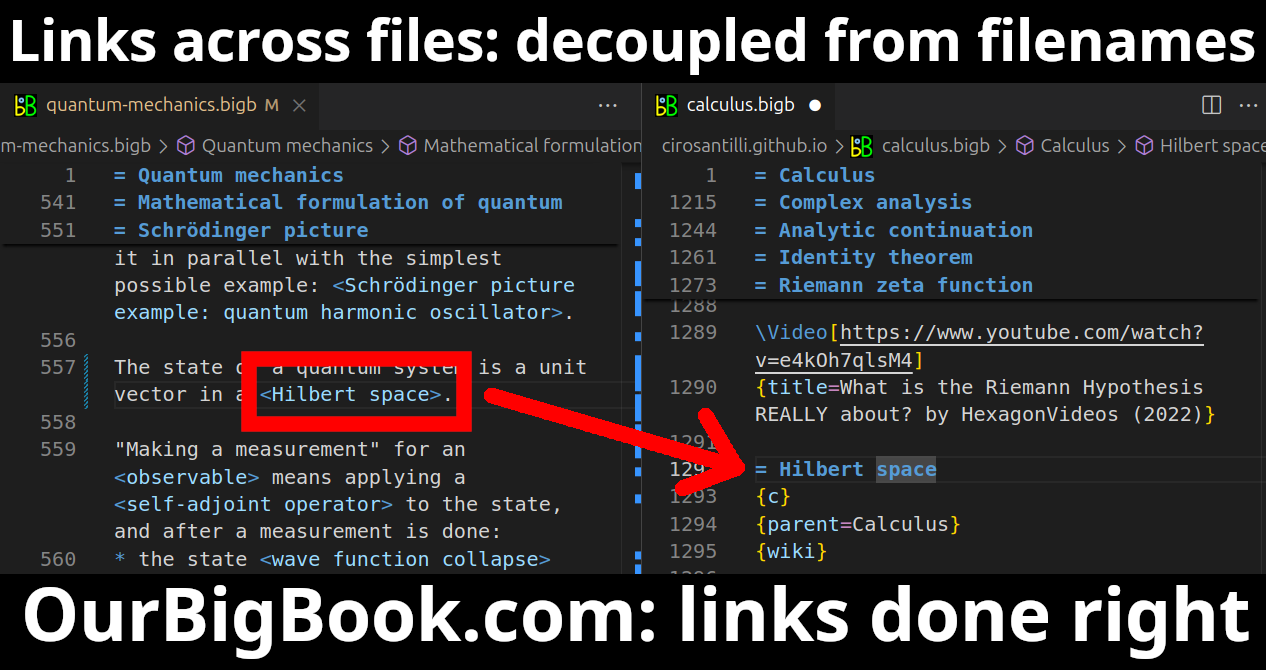Turpentine is a volatile essential oil derived primarily from the resin of pine trees, particularly the longleaf pine. It is primarily composed of terpenes, which give it its characteristic smell and properties. Turpentine has been used historically for a variety of applications, including: 1. **Solvent**: It is often used in the paint and varnish industry as a solvent for thinning paints and cleaning brushes.
"Shotgun Express" can refer to a few different things depending on the context. 1. **Music**: Shotgun Express was a British rock band in the 1960s, notable for featuring Rod Stewart before he gained fame as a solo artist. The band was known for its energetic performances and had a bluesy rock sound.
"Tonight's the Night" is a musical that premiered in 2003, featuring the music of renowned British rock musician Rod Stewart. The show is a celebration of Stewart's extensive catalog of songs, incorporating his hit tracks into a narrative framework. The story revolves around a love-struck young man who is trying to win over the girl of his dreams.
Karagiozis is a traditional Greek shadow puppet character, often depicted as a humorous and clever, yet sometimes lazy and misguided, figure. He is a part of the broader Greek cultural tradition of shadow theater, known as "Karagiozis theater." This form of storytelling involves manipulating flat, articulated puppets against a backlit screen, creating shadows that cast onto the screen. Karagiozis often represents the common man and embodies various social issues, using satire to comment on the challenges faced by everyday people.
Little Amal is a 3.5-meter-tall puppet of a young Syrian refugee girl, created as part of a project to raise awareness about the plight of refugees and migrants. She was designed by the Handspring Puppet Company and made her debut in 2021. Little Amal's journey began in Turkey and has taken her through various countries, highlighting the stories and experiences of refugees, especially children.
Mr. Moose is a character from the popular children's television show *Blue's Clues*, which aired on Nickelodeon. In the show, Mr. Moose is a puppet who often interacts with the main character, Steve (or later, Joe), as well as with viewers. He is known for his friendly demeanor and for sharing fun facts and engaging in various activities. The character is part of the show's imaginative and educational approach, helping young children with problem-solving and critical thinking skills through interactive storytelling.
Ossie Ostrich is a character who became popular on Australian television, particularly known for his appearances on the children's television program "Ossie's World," which aired from 1984 to 1986. The character is portrayed as a friendly and humorous ostrich puppet, and he is known for his playful personality and engaging with young audiences. Ossie was created by Australian entertainer and puppeteer, Andrew McFarlane, who also voiced the character.
Provolino appears to refer to an online platform or tool related to software development or project management, though detailed information about it might be limited as it may not be widely recognized. It may also refer to something in the context of a specific domain, such as gaming, technology, or another industry.
Punch and Judy is a traditional puppet show with roots in Italian commedia dell'arte, featuring a distinct cast of characters, most notably Mr. Punch and his wife Judy. The show typically involves slapstick comedy and humor, as well as elements of satire and social commentary. The main character, Mr. Punch, is known for his distinctive hook nose, loud voice, and mischievous behavior.
As of my last knowledge update in October 2023, FlyTech Dragonfly is a type of drone or unmanned aerial vehicle (UAV) developed by FlyTech, an innovative technology company. The Dragonfly is designed for various applications, including aerial photography, surveying, agriculture, and environmental monitoring. It typically features capabilities such as stability in flight, advanced sensors, and user-friendly controls, making it suitable for both professional and recreational use.
RealFlight is a flight simulation software primarily designed for remote control (RC) aircraft enthusiasts. Developed by Knife Edge Software, it provides a realistic environment for users to practice flying various types of RC planes, helicopters, and drones without the risk of damaging physical models. The simulation offers detailed graphics, realistic physics, and a wide range of customizable aircraft models. Users can also enjoy various flying environments and conditions.
Novak Electronics is a company that specializes in high-performance electronic components and systems, particularly focusing on applications in the radio control (RC) hobby industry. They are known for producing a variety of products including speed controllers, motors, and other electronic devices designed for RC cars, boats, and aircraft. Their products are often recognized for their quality, reliability, and advanced technology, catering to both hobbyists and professionals in the RC community.
KO PROPO, commonly known as KO Propo Racing, is a Japanese company that specializes in the development and manufacturing of high-performance radio control (RC) equipment and accessories. Founded in the 1970s, the company is well-regarded in the RC hobby community for its advanced technology and quality products, including transmitters, receivers, servos, speed controllers, and more.
Model Railroad News is a publication dedicated to the hobby of model railroading. It provides articles, reviews, and information on various aspects of model railroading, including model construction, new products, techniques, and hobby news. The magazine often features updates on model trains, layouts, scenery, and operations, catering to enthusiasts of all levels, from beginners to experienced modelers. It may also include profiles of different railroads, historical articles, and tips for improving model railroading skills.
Star Wars: X-Wing Miniatures Game is a tabletop miniatures game set in the Star Wars universe, where players take on the roles of starship pilots in tactical space battles. The game was first published by Fantasy Flight Games in 2012 and has since gained a large following due to its engaging gameplay, detailed miniature ships, and its connection to the beloved Star Wars franchise.
Polarization refers to the orientation of the oscillations of a wave, particularly in the context of electromagnetic waves, such as light. In simple terms, polarization describes the direction in which the electric field vector of a light wave oscillates. Here are some key points to understand about polarization: 1. **Types of Polarization**: - **Linear Polarization**: The electric field oscillates in a single plane along the direction of wave propagation.
An Electromagnetic Pulse (EMP) is a burst of electromagnetic radiation that can disrupt or damage electronic equipment and electrical systems. EMPs can be generated by various sources, including: 1. **Nuclear Explosions:** A nuclear detonation at high altitudes can produce a powerful EMP that can affect a vast area, potentially damaging or destroying electronic devices and infrastructure.
The Kvikk case refers to a significant legal matter regarding the Norwegian company Kvikk Holding AS, which is involved in the fast-food industry. The case drew attention due to issues around trademark disputes, business practices, and possibly franchising aspects. It represents broader themes in commercial law, including intellectual property and competition in the food service sector.
The term "longitudinal-section mode" is typically used in various fields like biology, anatomy, engineering, and occasionally in imaging technologies (such as MRI or ultrasound). Here’s a general understanding of what this mode represents in a few contexts: 1. **Anatomy and Biology**: In anatomical studies, a longitudinal section refers to a cutting technique that divides a specimen along its longest dimension. This is often used to examine the internal structures of organs or organisms.
Pinned article: Introduction to the OurBigBook Project
Welcome to the OurBigBook Project! Our goal is to create the perfect publishing platform for STEM subjects, and get university-level students to write the best free STEM tutorials ever.
Everyone is welcome to create an account and play with the site: ourbigbook.com/go/register. We belive that students themselves can write amazing tutorials, but teachers are welcome too. You can write about anything you want, it doesn't have to be STEM or even educational. Silly test content is very welcome and you won't be penalized in any way. Just keep it legal!
Intro to OurBigBook
. Source. We have two killer features:
- topics: topics group articles by different users with the same title, e.g. here is the topic for the "Fundamental Theorem of Calculus" ourbigbook.com/go/topic/fundamental-theorem-of-calculusArticles of different users are sorted by upvote within each article page. This feature is a bit like:
- a Wikipedia where each user can have their own version of each article
- a Q&A website like Stack Overflow, where multiple people can give their views on a given topic, and the best ones are sorted by upvote. Except you don't need to wait for someone to ask first, and any topic goes, no matter how narrow or broad
This feature makes it possible for readers to find better explanations of any topic created by other writers. And it allows writers to create an explanation in a place that readers might actually find it.Figure 1. Screenshot of the "Derivative" topic page. View it live at: ourbigbook.com/go/topic/derivativeVideo 2. OurBigBook Web topics demo. Source. - local editing: you can store all your personal knowledge base content locally in a plaintext markup format that can be edited locally and published either:This way you can be sure that even if OurBigBook.com were to go down one day (which we have no plans to do as it is quite cheap to host!), your content will still be perfectly readable as a static site.
- to OurBigBook.com to get awesome multi-user features like topics and likes
- as HTML files to a static website, which you can host yourself for free on many external providers like GitHub Pages, and remain in full control
Figure 3. Visual Studio Code extension installation.Figure 4. Visual Studio Code extension tree navigation.Figure 5. Web editor. You can also edit articles on the Web editor without installing anything locally.Video 3. Edit locally and publish demo. Source. This shows editing OurBigBook Markup and publishing it using the Visual Studio Code extension.Video 4. OurBigBook Visual Studio Code extension editing and navigation demo. Source. - Infinitely deep tables of contents:
All our software is open source and hosted at: github.com/ourbigbook/ourbigbook
Further documentation can be found at: docs.ourbigbook.com
Feel free to reach our to us for any help or suggestions: docs.ourbigbook.com/#contact
